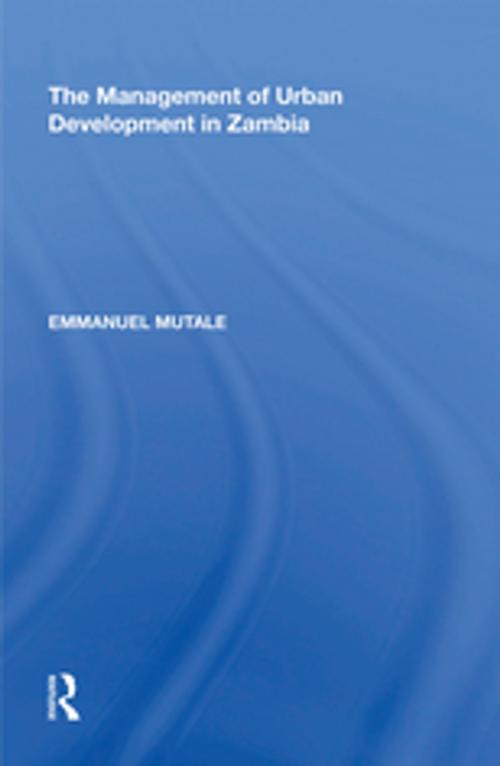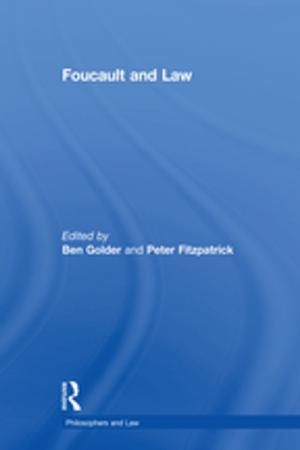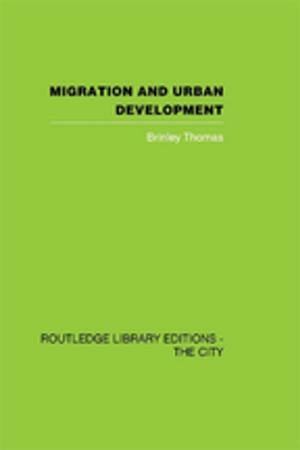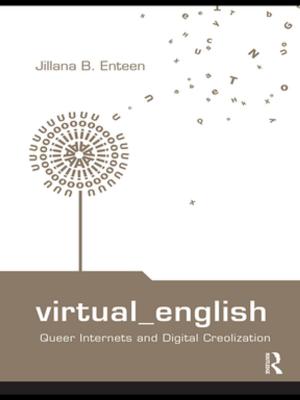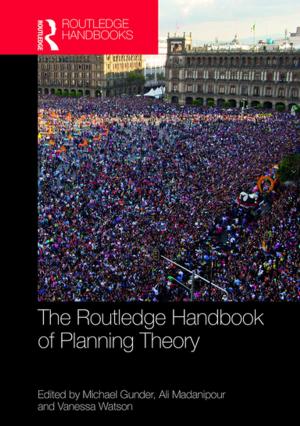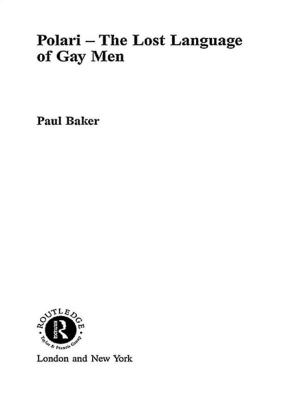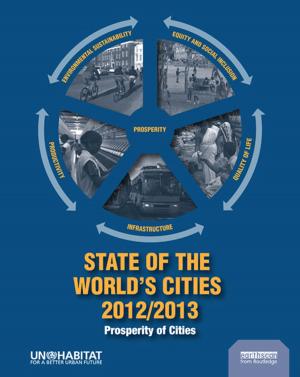The Management of Urban Development in Zambia
Nonfiction, Science & Nature, Science, Earth Sciences, Geography| Author: | Emmanuel Mutale | ISBN: | 9781351146029 |
| Publisher: | Taylor and Francis | Publication: | November 30, 2017 |
| Imprint: | Routledge | Language: | English |
| Author: | Emmanuel Mutale |
| ISBN: | 9781351146029 |
| Publisher: | Taylor and Francis |
| Publication: | November 30, 2017 |
| Imprint: | Routledge |
| Language: | English |
Over the past few decades, the developing world has seen unprecendented urban growth and urban areas have had to deal with a number of complex problems as a result. While population growth is one of the factors contributing to the deprivation and decay characteristic of most urban areas in the developing world, there are other factors. Apart from demographic and economic factors, the political organization factor of centralization has concentrated decision-making and with it resources in the urban areas, leading to further rural-urban migration. Another factor is one of colonialism. The transfer of foreign social structures and technology, while offering alternatives, has dislocated and significantly altered indigenous patterns of development in the developing world. This book examines a region where this last factor is a major significance; Zambia's copperbelt. Here, the concentration of towns which were developed very rapidly in the 1930s made Zambia one of the most highly urbanized Sub-Saharan countries. By focusing on copperbelt towns, the book provides a critical analysis of the development of urban policy in Zambia. Aspects of conflict and cooperation between different interest groups and - where relevant - their economic relationships are explored and a structural conflict model of urban management is proposed. The book concludes that, with proper management, existing and emerging sectional interests in urban areas can help provide conditions which foster the formulation of equitable urban policy. Although focused on Zambia, the proposed structural conflict approach has potential for wider application.
Over the past few decades, the developing world has seen unprecendented urban growth and urban areas have had to deal with a number of complex problems as a result. While population growth is one of the factors contributing to the deprivation and decay characteristic of most urban areas in the developing world, there are other factors. Apart from demographic and economic factors, the political organization factor of centralization has concentrated decision-making and with it resources in the urban areas, leading to further rural-urban migration. Another factor is one of colonialism. The transfer of foreign social structures and technology, while offering alternatives, has dislocated and significantly altered indigenous patterns of development in the developing world. This book examines a region where this last factor is a major significance; Zambia's copperbelt. Here, the concentration of towns which were developed very rapidly in the 1930s made Zambia one of the most highly urbanized Sub-Saharan countries. By focusing on copperbelt towns, the book provides a critical analysis of the development of urban policy in Zambia. Aspects of conflict and cooperation between different interest groups and - where relevant - their economic relationships are explored and a structural conflict model of urban management is proposed. The book concludes that, with proper management, existing and emerging sectional interests in urban areas can help provide conditions which foster the formulation of equitable urban policy. Although focused on Zambia, the proposed structural conflict approach has potential for wider application.
